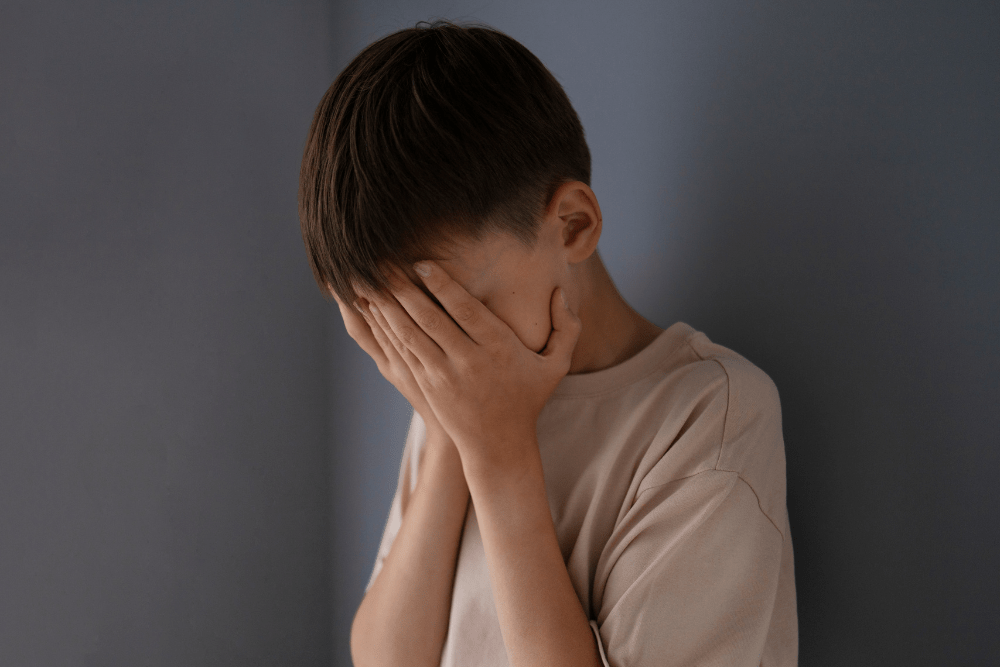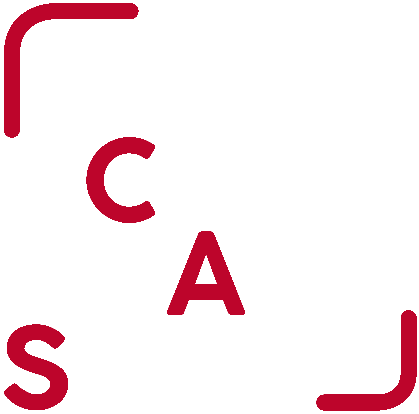SINGAPORE: From Umaisyah and Megan Khung to the unnamed boy who was caged and scalded to death, several high-profile child abuse cases in recent years have captured public attention, not only for their severity, but for how long the harm went undetected. Each time, the same questions echo: How could so many eyes miss the signs? Why didn’t someone step in sooner?
The uncomfortable truth is that most abuse doesn’t look the way we expect.
It is rarely loud or dramatic. More often, it hides in silence, in carefully rehearsed responses, or in small changes in behaviour.
When tragedy unfolds, the public reflex is to ask who failed to act.
No one intends to overlook signs of harm. Child protection is more complex than that – it is a field shaped by ambiguity, judgment calls, and the difficult task of seeing what isn’t always visible.

